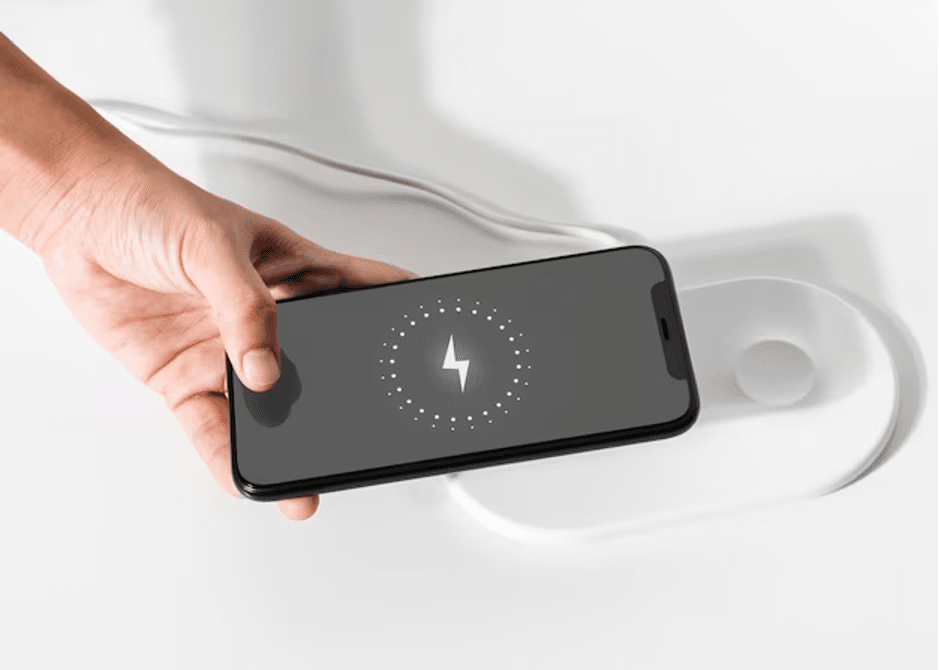Businesses that operate in the pre-owned iPhone market require accurate detection at all times. Conducting a detailed diagnostic test is necessary for all businesses involved in the resale, refurbishment, or enterprise management of pre-owned devices.
The combination of battery failure, hidden water damage, and failing motherboards turns lucrative sales into expensive returns. A diagnostic test helps evaluate deeper hardware and software issues that could impact performance.
An iPhone diagnostic test is a primary defense against future malfunctions and provides businesses three significant advantages: it reduces unexpected issues, enhances buyer’s experience, and increases resale value. Your business needs an iPhone diagnostic test to inspect inventory, prepare devices for resale, and ensure quality.
Businesses achieve better customer trust through fewer surprises combined with maximized resale value. An iPhone diagnostic test is the initial defense against unknown device defects, protecting grading operations and device preparation for resale and quality assurance.
Let’s explore exactly what these tests can reveal and why they’re critical for the used iPhone market.
1. Battery Health and Longevity

The battery’s condition determines the resale value and reliability of used iPhones. An iPhone diagnostic test offers essential information about battery power capacity, charging cycles, and complete health status, helping businesses assess whether a device meets quality standards.
Apple considers a battery to be significantly degraded if it’s below 80% capacity. Detecting weak batteries enables businesses to bypass potential problems, including performance limitations, overheating incidents, and unexpected shutdowns.
Inadequate battery health leads to several problems, resulting in return and warranty claims that damage corporate reputation. Using software such as NSYS Diagnostics enables businesses to conduct automatic battery assessments for iPhones using precise real-time measurement results.
Such testing systems ensure the device’s quality before products reach the market. Real-time subpar battery detection enables businesses to decide whether to replace batteries with improved alternatives or revise prices to safeguard profits while keeping clients confident in the products.
2. Display and Touchscreen Functionality
With the diagnostic evaluation, businesses can check both touchscreen operations and all physical control buttons, such as the home button, in combination with the volume and power controls. It can identify:
- Product usage leads to the deterioration of physical buttons, resulting in operational breakdowns. Investigating internal damage or wear is crucial if one notices a power button that stubbornly stays stuck or unresponsively stopped.
- A touchscreen and button evaluation is essential for businesses because the reliability of these components directly affects the resale value of a device.
3. Camera Functionality

An iPhone’s camera stands as its core functionality, so businesses need to study camera-related flaws. A diagnostic test for iPhone enhances the following operational evaluations:
- Businesses need to test whether front and rear camera systems produce high-quality images. Checking the device includes verifying clarity, accurate color output, and minimizing image blurriness.
- A simultaneous procedure tests the autofocus features and performs a quality assessment of the camera zoom functionality.
- Evaluate the camera flash mechanism and assess its illuminating abilities.
The quality of camera capability stands as a decisive factor that can prevent businesses from setting unrealistic values.
4. Software and System Integrity
Performance issues stem from functional problems in its software. Diagnostics iPhone system software assesses these elements:
- A diagnostic test examines iPhone software conditions to confirm proper iOS version installation, the absence of system-toxic corrupt files, and bugs that might create stability problems.
- It checks application functionality in addition to system software operation. A dysfunctional application and repeated crashes tend to indicate severe software malfunctions.
Ensuring that the iPhone’s software is functioning optimally is essential for businesses, as software glitches or an outdated OS can reduce a device’s appeal.
5. Network Connectivity
The ability to connect smartphones to various networks stands as an essential requirement for businesses that re-sell iPhones. It assesses:
- Wi-Fi network connectivity and checks cellular connectivity features such as signal quality during calls.
- Bluetooth testing should be done to verify pairing features for accessories, along with validating Near Field Communication features for Apple Pay usage.
Through extensive diagnostic testing, businesses can prevent the sale of devices, which can eventually disappoint customers.
6. Storage and Memory Performance
The amount of storage an iPhone offers is essential for setting its market worth. A diagnostic assessment of the iPhone checks a combination of storage options with memory features, including the amount of free usable storage.
- A substantial portion of storage taken by system files or apps indicates potential major problems. The diagnostic test checks the device’s speed by examining its flash storage performance.
- Businesses are aware that storage faults or slowdowns produce system lag that reduces both performance and future resale possibilities. The RAM health component of the test analyses the device’s RAM operational efficiency.
- Problems with RAM functionality or errors during multitasking tasks on the device may reduce its ability to execute software applications without issues.
Businesses need a complete comprehension of storage and memory conditions to decide between resale or repair of their iPhone devices.
Conclusion
Businesses dealing with used iPhones must conduct iPhone diagnostic tests to guarantee the superior state of devices provided to customers.
Running this diagnostic test enables you to detect and solve potential issues involving battery health, screen condition, button work, camera quality, storage available space, network connections, and software reliability before customer delivery.
Performing these tests maintains inventory quality while minimizing customer issues, which results in satisfied customers. Diagnostic tests establish operations efficiency and market superiority when you refurbish or fix iPhones or sell them to customers.
